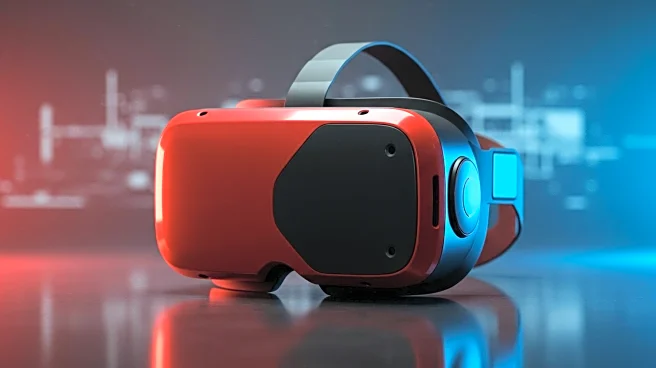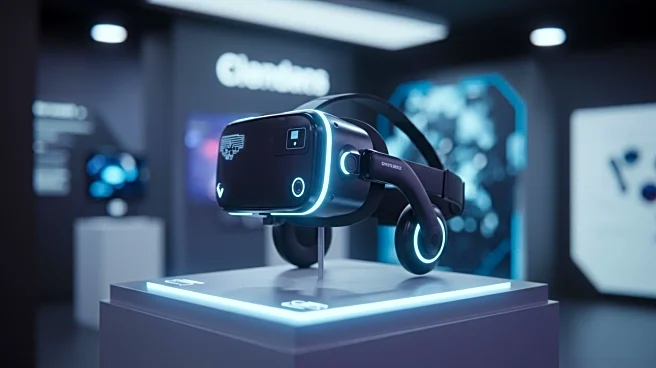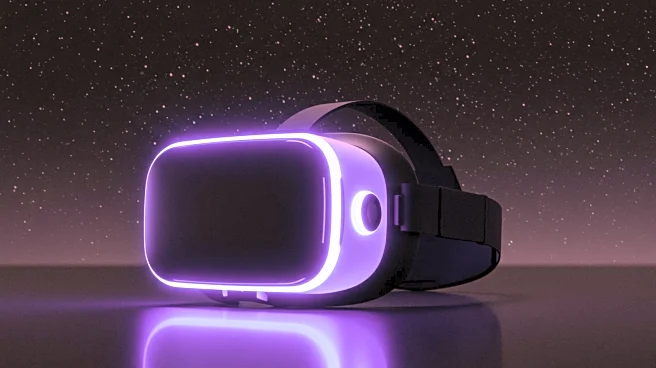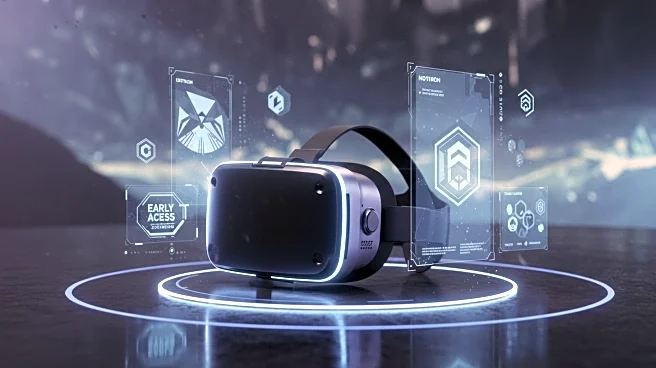What's Happening?
Hauntify, a virtual reality game on Quest 3, has adopted Lasertag's continuous scene meshing technology to improve user experience. Previously, Hauntify relied on Meta's official room setup system, which required users to scan separate rooms for a whole-home experience. This process was often cumbersome, leading to user dissatisfaction and refunds. The new integration uses the Depth API, allowing for seamless meshing without the need for the official mixed reality room setup. This technology adapts to changes in the environment, such as furniture movement, during gameplay. Developer Julian Triveri's code, which is available on GitHub, has been modified by Hauntify's developer to include features like saving and loading meshes, ensuring consistent performance. This update allows Hauntify to be used in larger spaces, including multi-floor homes and outdoor areas, enhancing the game's mixed reality capabilities.
Why It's Important?
The integration of continuous scene meshing in Hauntify represents a significant advancement in virtual reality gaming technology. By eliminating the need for complex room scanning, the game becomes more accessible and user-friendly, potentially increasing its appeal and marketability. This development could influence other VR developers to adopt similar technologies, fostering innovation in the industry. The ability to adapt to dynamic environments enhances the immersive experience, which is crucial for the growth of VR gaming. Additionally, the use of open-source code like Triveri's promotes collaboration and cost-effective solutions, benefiting smaller developers who may not afford expensive licensing fees like those associated with Niantic's Spatial SDK.
What's Next?
With the successful integration of continuous scene meshing, Hauntify is poised to become a popular choice for VR enthusiasts, especially during events like Halloween. The game's enhanced capabilities could lead to increased user engagement and positive reviews, driving further updates and expansions. Other developers might explore similar integrations, potentially leading to a broader adoption of continuous scene meshing in VR applications. As the technology evolves, we may see more sophisticated applications in various sectors, including education and training, where immersive environments can enhance learning experiences.
Beyond the Headlines
The adoption of continuous scene meshing in VR games like Hauntify raises questions about the future of mixed reality technology. As developers continue to innovate, ethical considerations regarding user privacy and data security will become increasingly important. The ability to map and adapt to real-world environments in real-time could lead to new applications beyond gaming, such as in architecture and urban planning. However, it also necessitates discussions on how such technologies are regulated and monitored to prevent misuse.











